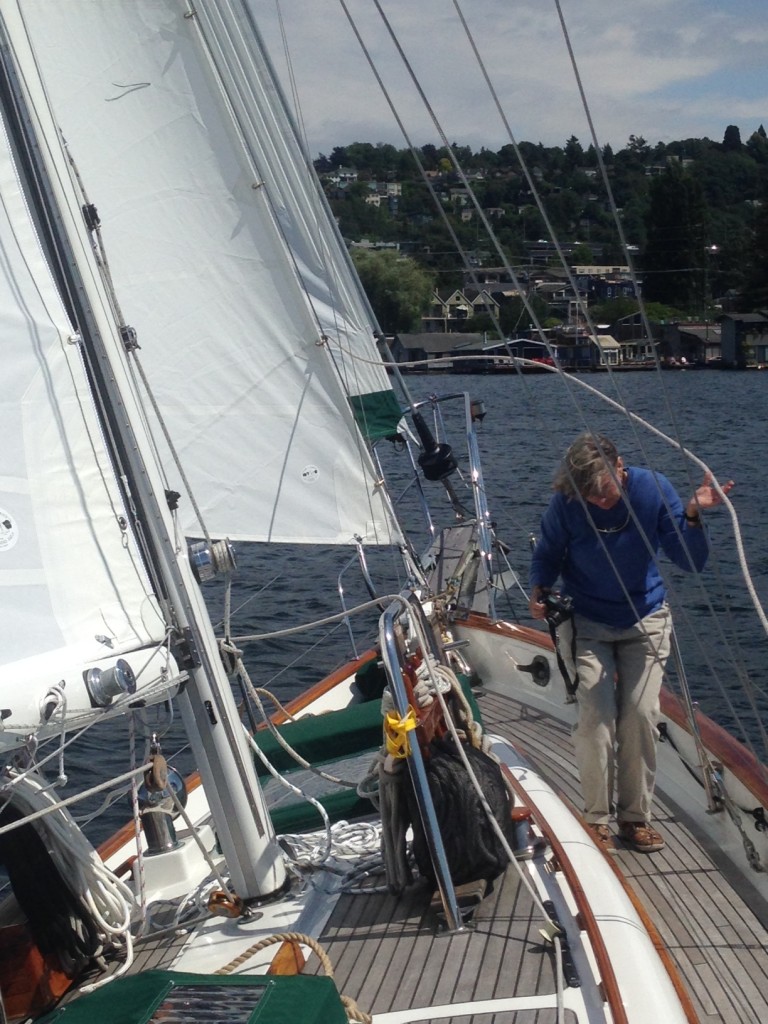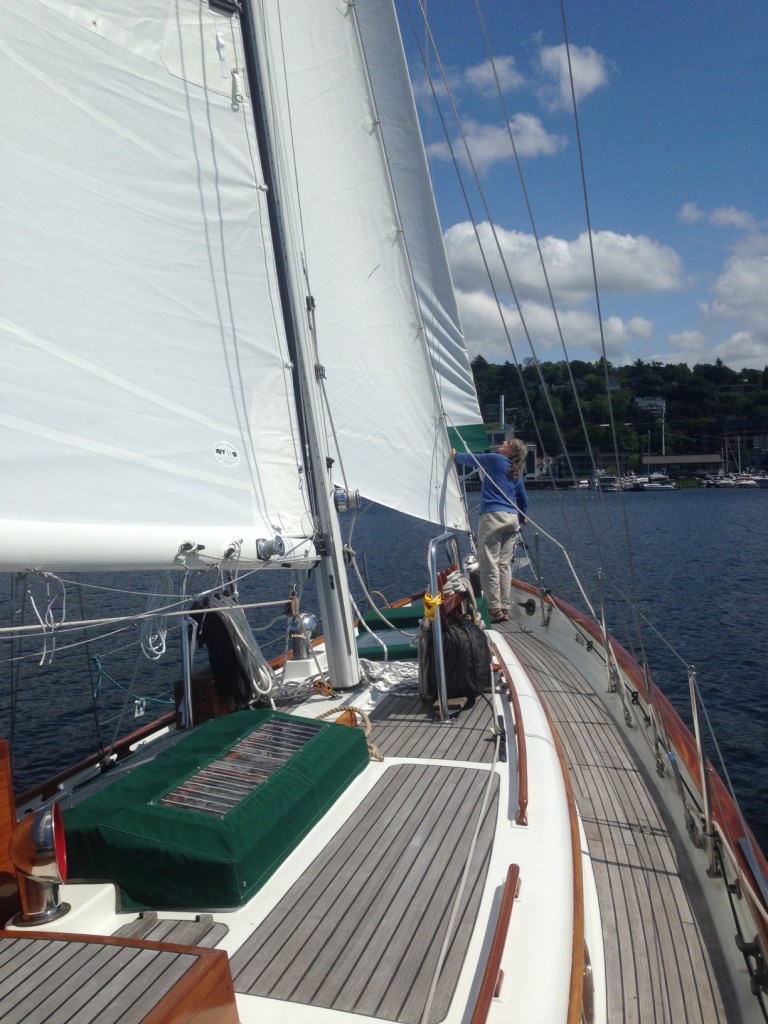Being a health practitioner and in preparation for our upcoming offshore excursion I decided to “brush up” on some Wilderness Medicine.
The meeting was attended by a large variety of healthcare professionals from physicians, nurses and nurse practitioners to EMTS and medical students. The topics included Alpine and Travel medicine to search and rescue and fracture/dislocation reduction/immobilization plus a variety of hands on practical courses like knot tying, things for your medical kit.
There were also guest presentations from a variety of speakers for interest.
Dr Matt Oliva, an ophthalmologist presented his work with in Nepal with the Himalayan Eye Project. This organisation’s quest is to cure blindness with a simple cataract operation through training, mobile field hospitals and grassroots local clinics. The model has been so successful that they’re now implementing a similar model in Ethiopia. It was inspirational to watch videos of people who were previously blind for years when the bandages were taken off a day after their surgery. The pure joy on their faces when they realised they could see again and the dancing and celebration!
Dr Micheal van Rooyen talked about the Frontiers of Humanitarian Medicine, touching on the quest to eradicate malaria in the third world and the emergence of dengue fever as a new threat to those who live and visit the tropics. There is exciting emerging science in the field of mosquito borne diseases that will hopefully make a difference in the coming years to eradicate these diseases that cause a lot of morbidity and mortality.
Dr Karen van Hoesen talked about her expedition to Antarctica to test new SCUBA regulators under the polar ice cap. The photos were spectacular and amazing.
The things that I learnt from the meeting are as follows.
1. Dengue Fever is on the rise in the tropics. This is a mosquito borne disease causing a flu like illness of high fever and pain, often called breakbone fever” which can be debilitating. It is now prevalent in ALL areas tropical. For those exposed to it a number of times you are in danger of getting Dengue Hemorrhagic Fever which is also life threatening. There is no vaccination, no treatment and no cure for this disease. All that can be done is “supportive therapy” hence treating the symptoms.
An ounce of prevention is better than any cure. These mossies bite during the day as well as night! Wear long sleeve clothing, use lots of insect repellant, sleep under a net.
www.cdc.gov/Dengue/prevention/index
wwwnc.cdc.gov/travel/yellowbook/2014/chapter-2-the-pre-travel-consultation/protection-against-mosquitoes-ticks-and-other-insects-and-arthropods
2. Diarrhea is very common, you will get it and it will make you miserable but it won’t kill you.
Prevention is better than cure especially in underdeveloped countries where there may be feces in the soil etc. Purell doesn’t remove a lot of these bugs so carry some soap and water with you to wash your hands. Don’t use community soaps or towels. Boil/treat your drinking water and use this to brush your teeth as well.
wwwnc.cdc.gov/travel/yellowbook/2014/chapter-2-the-pre-travel-consultation/travelers-diarrhea
Pepto Bismol can help with the treatment of diarrhea and pull out the antibiotics only if it doesn’t get better or if you’re immunocompromised. Loperamide for symptoms if needed. If you’re in South East Asia, Ciprofloxacin resistant Campylobacter is on the rise so you may need to take a different antibiotic there. Consult your medical practitioner.
3. I probably need some ear drops to prevent “swimmers ear” and for barotrauma from diving and some more ophthalmic drops for eye injuries and infections in my medical kit, which I didn’t think about.
4. A great refresher on how to reduce dislocations and simple fractures and the uses of SAM splints which i’m going to pack in my medical kit.
5. Safety pins and duct tape are useful improvisation tools for your medical kit.
Now I’m off to pack my Medical Kit.


